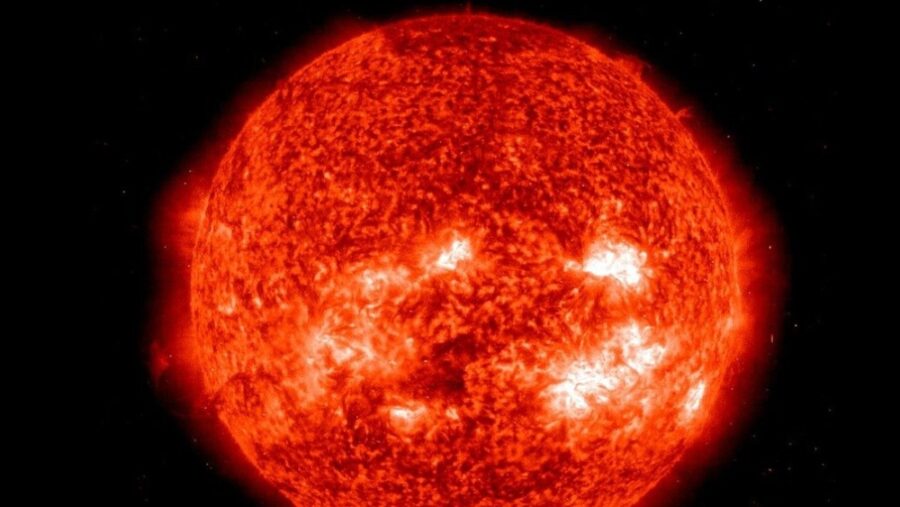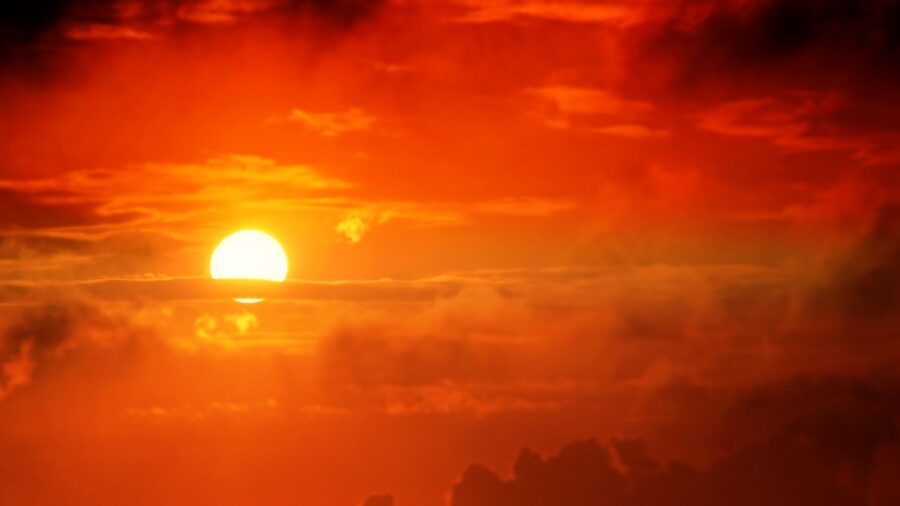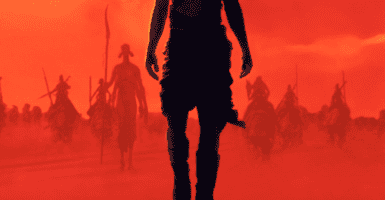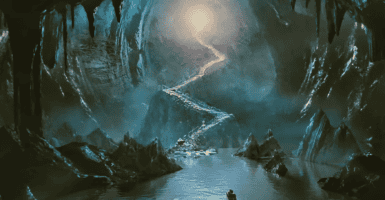A Terrifying Massive Hole In The Sun Is Going To Blast Our Planet Within Days
Scientists have discovered a coronal hole the size of 20 Earths on the Sun.

“Black Hole Sun” isn’t just a song anymore. According to Insider, a giant hole has recently opened up on the sun’s surface. The hole is at least 20 Earths across and could blow solar winds as fast as 1.8 million miles per hour at the planet this weekend.
The hole isn’t technically a hole in the physical sense. Rather it’s a coronal hole–a spot on the sun cooler than the area surrounding it. The lower temperature of the coronal hole means it doesn’t burn as brightly as the rest of the sun, making it look black like a hole.
This new solar hole follows on the heels of a bigger hole–30 times the size of Earth–discovered earlier this month. While the hole in the sun may look scary, it’s relatively harmless. Scientists aren’t worried about the hole damaging any infrastructure, though it might trigger some auroras around the world.
Coronal holes are actually pretty common. However, most holes in the past have shown up closer to the poles of the sun. These polar holes spew their high-powered winds harmlessly into space.
But thanks to a rise in the sun’s activity that occurs every 11 years, the new hole and others like it are more likely to occur near the equator of the sun. According to Mathew Owens, a professor of space physics at the University of Reading, these equatorial holes mean “we’re pretty much guaranteed to see some fast wind at Earth.”

Daniel Verscharen, an associate professor of space and climate physics at University College London, said he expects “some fast wind from that coronal hole to come to Earth around Friday night into Saturday morning of this week.” Verscharen explained that the shape of this new sun hole isn’t very remarkable. Its location, however, makes the hole “very interesting.”
Verscharen claims that if the hole is pointed in a southward direction, the Earth is more likely to experience a “space-weather event.” The events in question are auroras. Auroras occur when charged particles from the sun hit our planet and get pulled to the poles by the Earth’s magnetic field.
The bits from the sun interact with particles in our atmosphere along the way, causing different colorful light effects. Pretty as the auroras are, geomagnetic storms can also have negative effects. Winds like the 1.8 million mph gusts coming from the hole can interfere with satellites and wreak havoc on radio signals.
Luckily for Earth and those of us that live there, the coronal hole in the sun isn’t expected to get up to anything too crazy. Not unless the Earth just happens to get hit with a coronal mass ejection at the same time. CMEs are huge eruptions of plasma being thrown into space.
Unfortunately, it’s hard for scientists to predict how likely that scenario is. According to Verscharen, “We are really behind with our prediction and forecasting capabilities for space weather.”
The professor went on to say that scientists were working diligently to try and better understand space weather using theoretical physics, supercomputers, and plasma simulations. Until then, much like meteorologists with Earth weather, the best they can do is make an educated guess.












